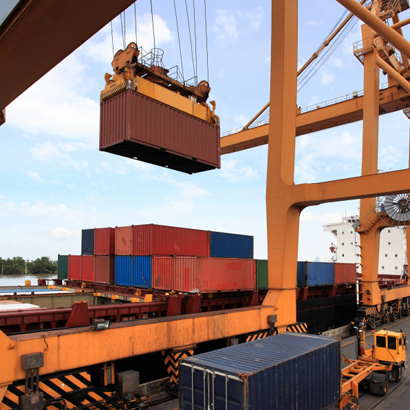In the trucking industry, following regulations is important to excel your fleet to new heights. Many truck drivers and fleet owners follow this crucial aspect to maintain operational efficiency and ensure safety.
As Independent governmental bodies keep on implementing new regulations, trucking firms face the challenge of adapting their practices to meet new requirements.
Government has developed rules and regulations so that trucking business owners can meet safety & compliance.
When fleet owners connect with Pioneer Trucking Solutions, we guide them on how they can meet compliance challenges. Usually, new fleet owners face compliance challenges, as they do not have any strategy to meet them. We guide them about strategies they can implement to raise knowledge that is required to adhere to regulations.
Navigating Regulatory Complexity
Trucking firms work under the rules and regulations that are conducted for local, state, and federal-level trade. These regulations cover everything from vehicle maintenance and driver qualifications to hours-of-service rules and environmental standards.
The complexity of meeting the standards of regulation means that trucking firms must stay vigilant. Ruling authorities often employ compliance officers to monitor changes and ensure that fleet practices align with the latest requirements. This role involved constant updating of policies and procedures in response to new laws and amendments.
Leveraging Technology for Compliance
Being a trucking business owner, one of the most effective ways trucking firms address compliance challenges is through technology. They need to learn and implement the usage of advanced software solutions and telematics systems to manage regulatory requirements.
1. Electronic Logging Devices (ELDs):
Nowadays, almost every trucking business owner is fostering the usage of ELD as it helps track driver hours and ensure adherence to hour-of-service regulations. To meet compliance, you can install this device as it helps in automatically recording driving time and other crucial data. It will allow you to prevent violations and reduce the administrative burden of manual logbooks.
2. Fleet Management Systems:
Another necessary task that you need to accomplish to meet compliance is to implement better rules and manage the fleet with better techniques. Installation of different systems that offer real-time data on vehicle performance and driver behaviour lets you manage the system easily. By analyzing this data, firms can ensure that their vehicles comply with maintenance schedules and safety inspections.
3. Compliance Management Software:
By leveraging the usage of CMS, then you can easily meet compliance as these tools assist in tracking regulatory changes and preparing for audits. It helps firms keep their records organized and accessible.
Implementing Best Practices
Apart from technology tool usage, following best practices play a significant role in meeting compliance challenges. Trucking firms often implement the following strategies:
1. Regular Training:
Conduct ongoing training programs for drivers and staff, as these help them to understand and adhere to regulatory requirements. This includes training new regulations, use of technology and following safety techniques.
2. Routine Audits:
Once in a month, manage time for routine internal audits as they help firms to identify potential compliance issues before they become problematic. These audits assess various aspects of operations, from vehicle maintenance records to driver log accuracy.
Conclusion!
Trucking business owners need to implement various strategies to meet safety & compliance. By following the above-given tips, you can be successful in making your fleet one of the best in town.







